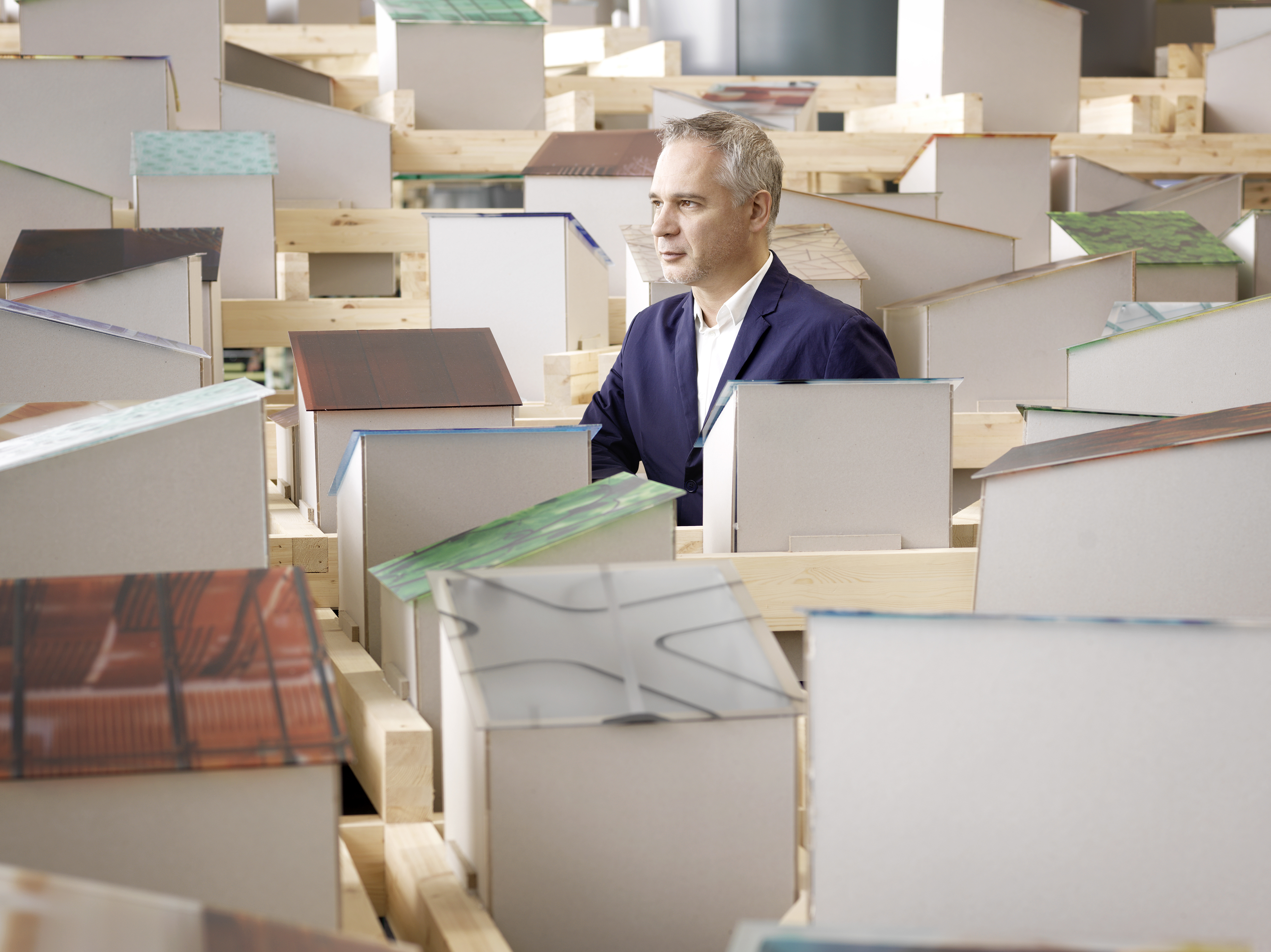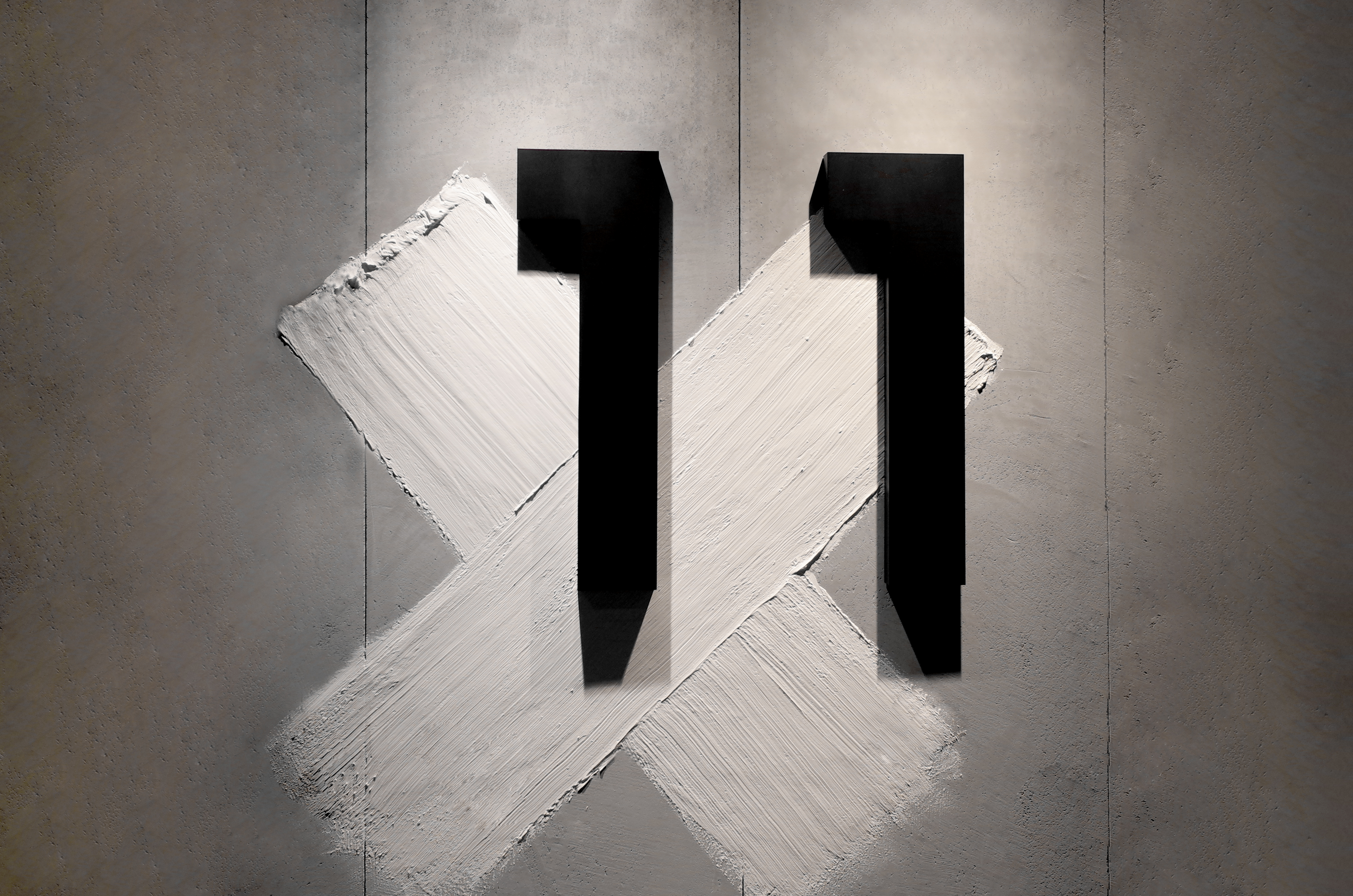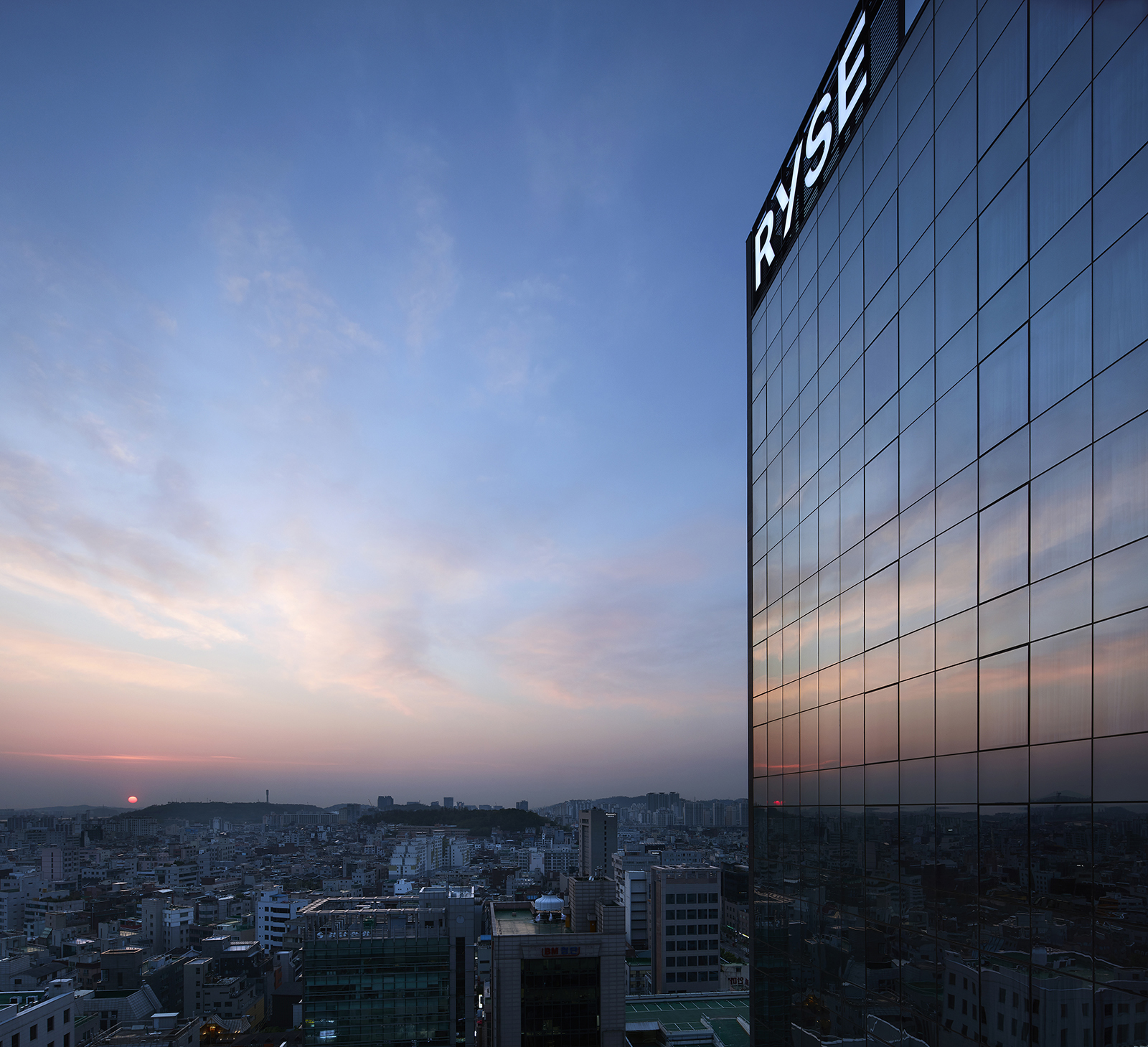art4d had a chance to conduct an online interview with Marc Cansier, the one behind the overall vision, brand strategy, name and visual identity of Tai Kwun project.

Only 2 weeks to go before this year’s Business of Design Week 2018 (BODW 2018), the established design event held annually in Hong Kong. BODW is Asia’s premier design event organized by the Hong Kong Design Centre whose aim is to bring some of the world’s most outstanding design masters and influential business figures to Hong Kong in order to update and share their perspectives with the audience on the world’s recent design movements as well as some of the design aspects that are related to business.
This year is going to be more interesting than ever as the event’s city partner is Melbourne, which will bring along with it a long list of outstanding Australian speakers. Moreover, there’re many new architecture attractions that were just completed within this year including the Tai Kwun project, a renovation project in which Herzog de Meuron turned the former Central Police Station into a Heritage & Arts centre.
Last year, art4d was stunned by the impressive talk given by Jacques Herzog who elaborated on the renovation process for Tai Kwun including the initial scheme of the building (which was elaborate!) and the way they used brick like an aluminum façade in order to make the building stand out from the previous brick wall while at the same time creating a subtle relationship between two materials. This year, before we fly to Hong Kong, art4d had a chance to conduct an online interview with Marc Cansier, founding partner of marc&chantal, the one behind the overall vision, brand strategy, name and visual identity of the site.

art4d: Please talk about the Tai Kwun project, what are the challenges of dealing with a heritage site?
Marc Cansier: Working on a heritage site in Hong Kong is above all a rare privilege and may be a once in a lifetime opportunity. So firstly, there is a great sense of pride for the whole team. But of course, the challenges of a heritage site are unique in their own rights. Our role was to build a brand masterplan that would create a dynamic between all those very different layers: heritage paths, contemporary art exhibitions and leisurely activities. The Tai Kwun brand had to encompass all those aspects and act as a prism in order to shine a special light on one aspect at a time, without letting them overshadow each other.
Of course, when it comes to spatial design and wayfinding, there were many restrictions inherent to a heritage site, which was combined with the constantly evolving site conditions that required frequent adaptation.
Finding a navigation system and organizing the flow of visitors was basically like designing a wayfinding system for a maze… we knew that people would get lost anyhow, so the approach is to still let them orientate themselves along a few obvious axes and landmarks, but encourage exploration and discovery.
art4d: 6 years working with HKJC (and so many partners) is quite a long time. Could you please share with us a bit about the collaboration process?
MC: Working 6 years on a project is a big commitment for a design company. It is a perfectly normal timeline for architects, but for a branding consultancy, it is like running 6 marathons in a row. So that’s where our 25 years of experience in working with specialists in multi-disciplines (such as researchers, architects, engineers and videographers) comes in handy. It helps us communicate with all parties involved at different stages of a large-scale, complex project without losing sight of the bigger picture and original objectives. All the way from master planning to completion, we always have a mind to deliver the experience that we helped to define at the project’s inception.
And honestly, it wouldn’t have been possible without the support of the HKJC. They were the steady hand in the rough sea and managed to bring the boat back home safely!
We had worked with the HKJC before for some of their projects at the race courses, so it helped to have that past experience.

art4d: What makes working in Hong Kong different from anywhere else?
MC: It’s always that sense of various energies colliding into this tiny little place that makes Hong Kong unique. I have been here so long, so it is just the norm for me, but whenever I bring overseas visitors to a place like Tai Kwun, I get the same consistent comment about the sense of energy, juxtaposition, contrasts…
And we think in Hong Kong that 6 years of work for such a project is a long time but it would be considered a fast-track anywhere else!
So the pace, energy, and contrasting points of view are what makes the city an amazing laboratory… it should logically be the place in the world where the future is invented! I hope it will be.
art4d: In your opinion, what are the design trends in the Asian market nowadays?
MC: From our point of view, we feel we are entering a golden-age period as brand builders. We work across Asia; in Hong Kong, China, Korea, South-East Asia, and we see everywhere the emergence of a new generation of business leaders who don’t even question that creative thinking and design processes should be at the core of their business models.
So branding is not considered just a nice wrapping that comes at the end of a development process, like a packaging. It is very much considered to be part of the core product, service or any type of offering that has to be put in front of a user/consumer.
This is a radical shift for us, something we have anticipated and which has grown exponentially over the past 5 years. So it brings a lot of excitement in terms of the future development of our company.
